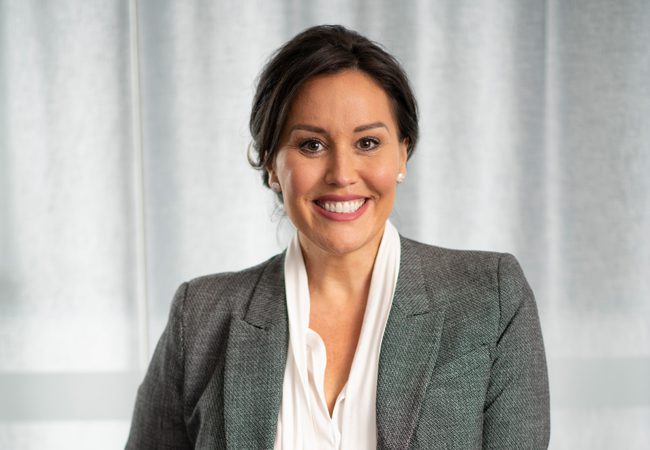What is Gender Dysphoria?
The Gender Dysphoria symptoms are as follows:
- Noticeable incongruence between the gender the child experiences and their classified gender assignment;
- An intense need to do away with their primary or secondary sex features (or avoid their development);
- An intense desire to have the primary or secondary sex features of the other gender;
- A deep desire to transform into another gender;
- A profound need for society to treat them as another gender; and
- A powerful conviction of having the characteristic feelings and responses of the other gender.
In addition the symptoms are connected to clinically significant distress affecting them socially or psychologically.
Treatment for Gender Dysphoria
Treatment for gender dysphoria involves two stages of hormonal therapy, accompanied by psychological treatment.
Stage 1 treatment involves the provision of medication to prevent the onset of puberty in the child’s biological sex. Stage 1 treatment is reversible.
Stage 2 treatment comprises hormone treatment to encourage the development of physical characteristics in the sex with which the child identifies. Stage 2 treatment is considered to be irreversible.
In conjunction with stage 1 and stage 2 treatment, some adolescents with gender dysphoria may undergo a mastectomy (also referred to as ‘top surgery’). A person may undergo gender reassignment.
Top surgery and gender reassignment surgery are sometimes referred to as stage 3 treatment.
There is evidence that early treatment for gender dysphoria optimises psychological and social development.
How have the courts in the past dealt with treatment for Gender Dysphoria?
Re Alex [2004] Fam CA 297 determined that treatment for gender identity disorder (as it was known then) was non-therapeutic and fell outside the boundaries of parental consent. This decision referred to Stage 1 and Stage 2 treatment which was approved by the court. This matter returned to the court in 2009 when the Court found that it was in Alex’s best interests to have a double mastectomy and approved the surgery.
Re Lucy [2013] FamCA 518 the Family Court of Australia held that ‘treatment for gender dysphoria is therapeutic treatment because it is administered primarily to ameliorate a psychiatric disorder. The Court held that its approval was not required for stage 1 treatment.
Re Sam and Terry [2013] FamCA 563 confirmed the decision in Re Lucy and further made it clear that court approval was still required for stage 2 treatment.
Re Jamie [2013] FamCACF 110 the Full Family Court of Australia affirmed the position adopted in Re Lucy and Re Sam and Terry that parents are permitted to consent to stage 1 treatment for gender dysphoria, while court approval is required for stage 2 treatment. While the Full Court appeared to accept that both stage 1 and stage 2 treatment could be characterised as ‘therapeutic’ the key difference was that stage 2 is not considered reversible. It is notable that stage 2 treatment can be consented to by a ‘Gillick competent’ minor
Gillick v West Norfold and Wisbeck Area Health Authority [1986] AC 112 – a child is deemed to have the capacity to give informed consent when he/she ‘achieves a sufficient understanding and intelligence to enable him or her to understand fully what is proposed’.
An application to the court was still required after Re Jamie in order to determine if the child was ‘Gillick competent’.
Recent Developments
Re Kelvin [2017] FamCAFC 258. The Facts:
The child, Kelvin, was registered female at birth however by the age of nine identified as transgender or male. Kelvin’s medical team consisted of a psychologist, psychiatrist and an endocrinologist. The medical team agreed that Kelvin had gender dysphoria and recommend stage 2 treatment.
Kelvin, his medical team and parents all agreed that treatment was in Kelvin’s best interests and a necessary treatment.
An application was made to the court by Kelvin’s father for an order that Kelvin was ‘Gillick competent’ and capable of consenting to the treatment.
The court looked at Marion’s case (Secretary of the Department of Health and community Services v JWB and SMB (1992) 175 CLR 218) regarding the distinction between therapeutic and non-therapeutic treatment which essentially requires a weighing of the benefits of treatment against the risks. The court considered the advancements in medical knowledge since Re Jamie and determined that there was no need to overrule that case.
The court found that a ‘Gillick competent’ child, as determined by their medical team, may consent to treatment without court authorisation.
Takeaways
The decision in Re: Kelvin has obvious benefits for children with gender dysphoria and their families. There are no longer delays due to legal proceedings which can be quite intrusive and cause more harm. Treatment can start more quickly thus reducing the risks associated with the psychological impacts such as suicide of gender dysphoria.
Finally, the case of Re Matthew [2018] Fam CA 161 declared that where all parties are in agreement and the child is ‘Gillick competent’ the courts approval is not required for Stage 3 treatment.
Moving Forward
There is still a way to go in this area and problems foreseen include the following:
- Where the parents are not both in agreement; and
- Where the child is a ward of the state or under the care of a guardian or relative.




















